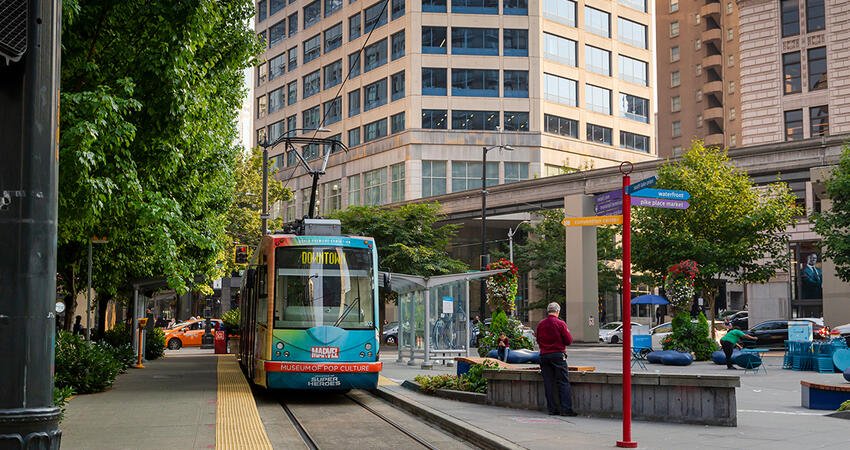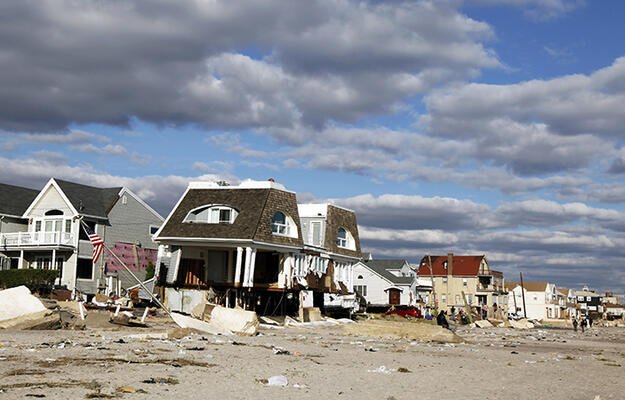
CineCam/Shutterstock
How to Combat Carbon Gentrification in Climate-Friendly Cities
- Title:
-
Contradictions of the Climate-Friendly City: New Perspectives on Eco- Gentrification and Housing Justice
- Author:
-
Jennifer L. Rice, Daniel Aldana Cohen, Joshua Long, Jason R. Jurjevich
- Source:
- Publication Date:
-
2020
As society explores ways to promote climate friendliness, many residents with middle and high incomes are becoming increasingly attracted to the idea of higher-density urban living close to public transportation. But as property values in these areas increase, residents with lower incomes and residents of color often get displaced. A recent study explored the trend, asking two questions: Who benefits from early steps in urbanization toward decarbonization, and at what costs? And how do you advance housing justice in pursuit of the climate-friendly city?
The authors conducted an in-depth study of Seattle, Washington, near Amazon’s headquarters—an area where the city has invested in low-carbon infrastructure and that has experienced steep increases in housing prices and decreases in the share of residents with low incomes and those of color. They spoke with local government officials, climate change experts, and advocates. They also analyzed demographic data from the US Census Bureau and local newspapers within Seattle.
Key findings
- From 1990 to 2010, the percentage of Black residents declined by up to 28 percent in the neighborhoods surrounding Amazon’s headquarters, as the percentage of white residents increased by a similar amount.
- The share of Seattle residents with educational attainment beyond high school increased by 12 percent and a 20 percent increase in income.
- Sizeable increases in median home prices (12 to 17 percent) and median rents (14 percent), more than double the US average, were observed from 2011 to 2015.
- Higher overall greenhouse gas emissions can be largely attributed to the large influx of residents with higher incomes.
Policy implications
- Local lawmakers can explore ways to increase housing stability for longtime residents to combat displacement.
- Local officials should consider investing funds in equitable planning efforts that analyze the potential effects, including residential displacement and housing costs on neighborhoods and local climates.
- Local governments should consider significant investments into low-carbon social housing that allows lower-income residents to remain in the city and lower their greenhouse gas emissions.


